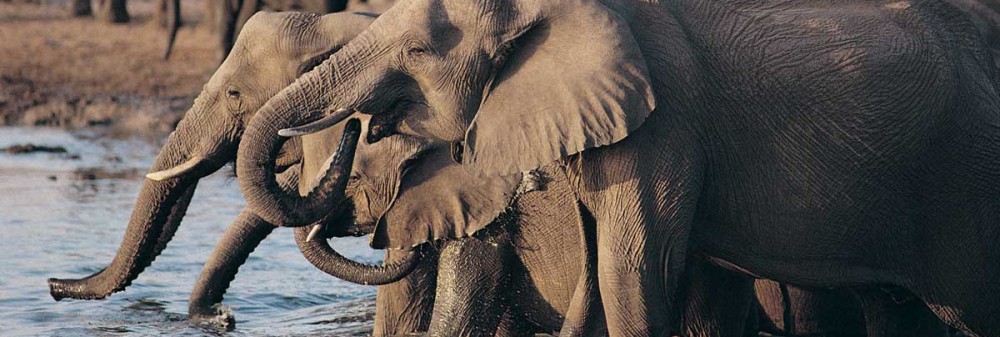Warning against the temptation “to play God,” President Clinton yesterday banned federal funding of human cloning research and asked privately funded scientists to halt such work until a national bioethics commission reviews what he called the “troubling” legal and ethical implications.
By Rick Weiss
Washington Post Staff Writer
Wednesday, March 5, 1997; Page A10
“Each human life is unique, born of a miracle that reaches beyond laboratory science,” Clinton said during a brief ceremony in the Oval Office, where he announced his executive directive. “I believe we must respect this profound gift and resist the temptation to replicate ourselves.”
The president’s order, effective immediately, comes 10 days after Scottish scientists reported they had cloned a sheep named Dolly from adult cells and two days after researchers in Oregon revealed they had bred a pair of rhesus monkeys from cloned embryo cells.
In 1994, Clinton signed an executive order banning federal funding of certain kinds of research involving human embryos, and Congress has prohibited other kinds of human embryo research. However, said Clinton yesterday, “after reviewing these restrictions, our administration believes that there are loopholes that could allow the cloning of human beings if the technology were developed.”
The president acknowledged that much of the cloning-related research in this country is conducted by private companies not covered by the federal ban. Some biotechnology companies are trying to clone pigs with humanized organs for transplantation into people, for example, and other companies have cloned goats that make human medicines in their milk. Clinton said he supported continued research in animals, but he asked companies to impose upon themselves a “voluntary moratorium” on expanding that work to humans.
“Any discovery that touches upon human creation is not simply a matter of scientific inquiry. It is a matter of morality and spirituality as well,” Clinton said. “That is why I am urging the entire scientific community — every foundation, every university, every industry that supports work in this area — to heed the federal government’s example.”
Highlighting the ban’s importance, Clinton made the announcement flanked by Vice President Gore, Health and Human Services Secretary Donna E. Shalala, National Institutes of Health Director Harold E. Varmus, presidential science adviser Jack Gibbons and Princeton President Harold T. Shapiro, who chairs the National Bioethics Advisory Commission. That commission is scheduled to meet at the Watergate Hotel on March 13 and 14 to discuss the ethics of human cloning and has been asked by the president to submit a final report on the issue by the end of May.
Many scientists, including those involved in cloning research, have insisted repeatedly during the past week that they have no interest in cloning humans, even if it were technically possible. After hearing of the president’s ban, several reiterated those feelings.
“The president’s reaction is a prudent one and is fully appropriate, and speaking for the industry, we support him wholeheartedly,” said Carl B. Feldbaum, president of the Biotechnology Industry Organization, which represents 700 biotechnology companies and institutions.
Feldbaum said it was understandable that Clinton, and probably much of the public, felt a need to put the brakes on the quickly evolving scientific field. “You go from cloning of sheep a week ago and you cloned monkeys this week and you figure humans have got to be cloned by next week,” he said.
Feldbaum said he was heartened, however, to see Varmus by Clinton’s side in the Oval Office — an arrangement he said indicated Clinton’s ongoing support for basic research on embryos, which could lead to improved treatments for infertility and other medical problems.
Colin Stewart, a researcher at the National Cancer Institute’s research center in Frederick, Md., said he too was encouraged by Clinton’s apparent effort not to reject all genetics research as he placed limits on human cloning.
“What I’ve been encouraged by in all this has been the level of debate and the high level of consciousness of what’s going on,” Stewart said, “and I hope this won’t stymie debate about long-term policy on human embryos and other forms of mammalian research.”
Rep. Constance A. Morella (R-Md.), whose district includes the NIH, has called for the first congressional hearings on cloning, to be held this afternoon in the Rayburn House Office Building. Scheduled speakers include Varmus, Case Western Reserve University bioethicist Thomas H. Murray; M. Susan Smith, director of the Oregon research center where the monkeys were cloned; and James Geraghty, president of Genzyme Transgenics, a Massachusetts company that has produced goats from cloned embryos.
Sen. Bill Frist (R-Tenn.) announced yesterday that his hearings on cloning, scheduled for next Wednesday in the Dirksen Senate Building, will include testimony from Ian Wilmut, the Scottish researcher who oversaw the cloning of Dolly.

 Kenya’s Star Newspaper (August 30, 2012) has reported that hundreds of Homa Bay fishermen have been rendered jobless by the invasion of the water hyacinth as it has covered large parts of the lake making it difficult for fishermen to navigate and catch fish. The fishermen have now resorted to other jobs like washing cars in the lake.
Kenya’s Star Newspaper (August 30, 2012) has reported that hundreds of Homa Bay fishermen have been rendered jobless by the invasion of the water hyacinth as it has covered large parts of the lake making it difficult for fishermen to navigate and catch fish. The fishermen have now resorted to other jobs like washing cars in the lake.